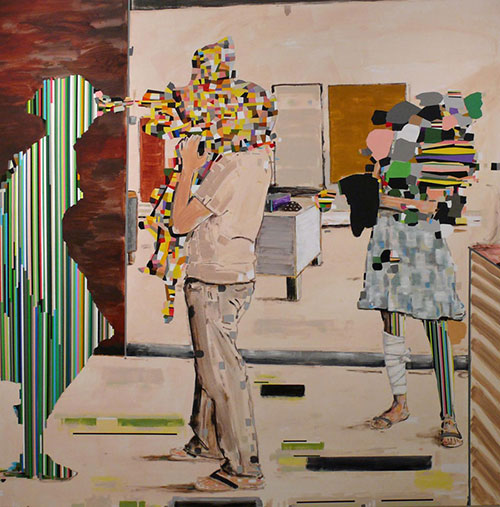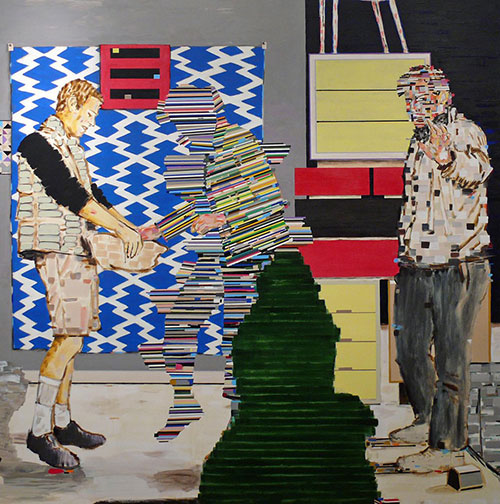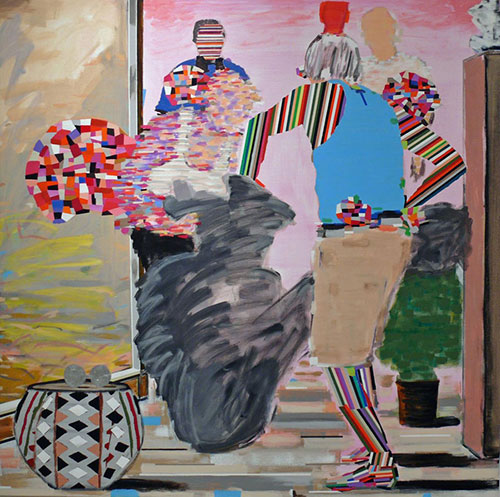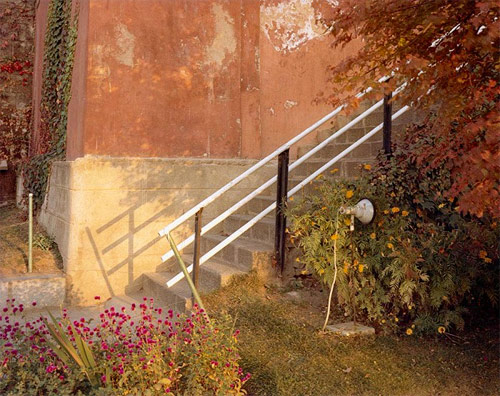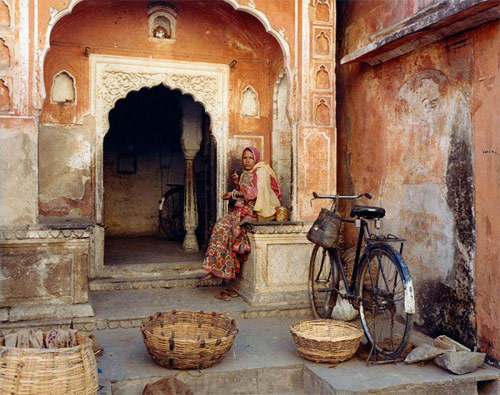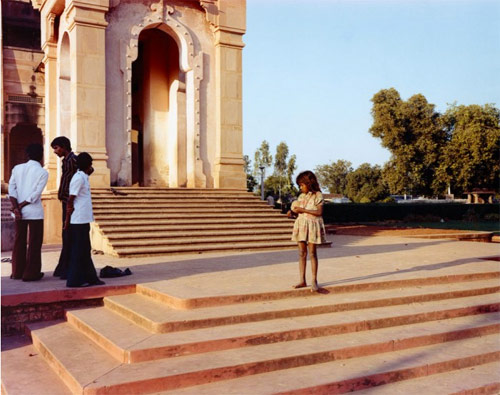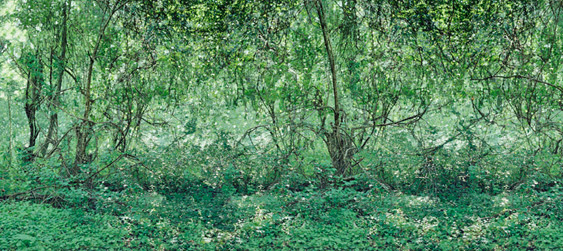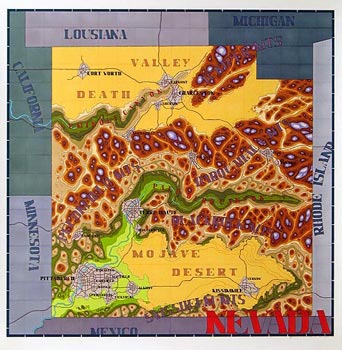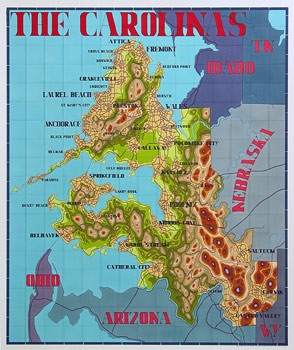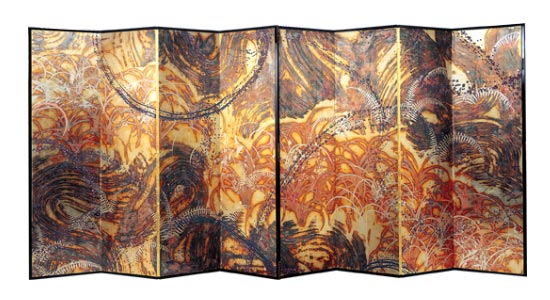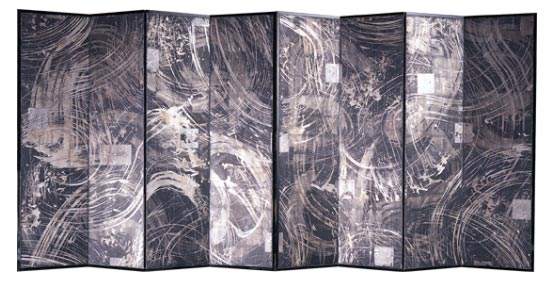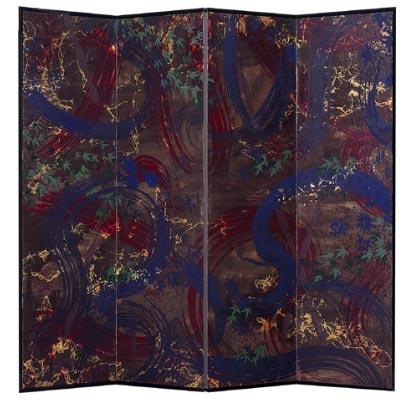Here's a spiel about her from the Hosfelt Gallery.
Reed Danziger makes complex, intricately layered paintings that become worlds in themselves. Arabesques, mandalas, dots, and other ornamental designs co-mingle with organic shapes and patterns from nature. Like cells frantically reproducing in a Petri dish, their dense clusters seem about to explode from the surface.As she builds each layer, Danziger interweaves stenciled patterns with free-hand drawing. She has long been fascinated with anonymous forms of design and decoration of ancient origins. Her process of layering silkscreen, drawing, and painting simulates the unpredictable ways in which these forms have morphed over the centuries as they have come into contact with new cultures and technologies. Yet her motifs also mimic nature in the way they mutate and regenerate as the paintings evolve.
Artist Statement:
In this latest group of paintings, I've continued to explore the shift towards greater abstraction through color and movement. The new work is more celestial, and the forms less clearly describe organic structures; rather they feel like the sum of entire universes. The particles that define these galaxies merge and shift, expanding and contracting, and each disruption reveals an ever increasing unpredictability. As the paintings progress, what is complex and what is simple becomes relative and continues to change with time. The tension I often feel when making the paintings is reflected in the cosmic chaos captured in each piece. As I continue to explore the folding and flexing of these abstract worlds, I allow myself to be more and more consumed by the random bursts of energy defined by the unique gravity of these paintings.
Pretty awesome stuff here.
A Continuous Probability, 2011
The Interference Equation, 2011
The Angular Dependence of Light, 2011






